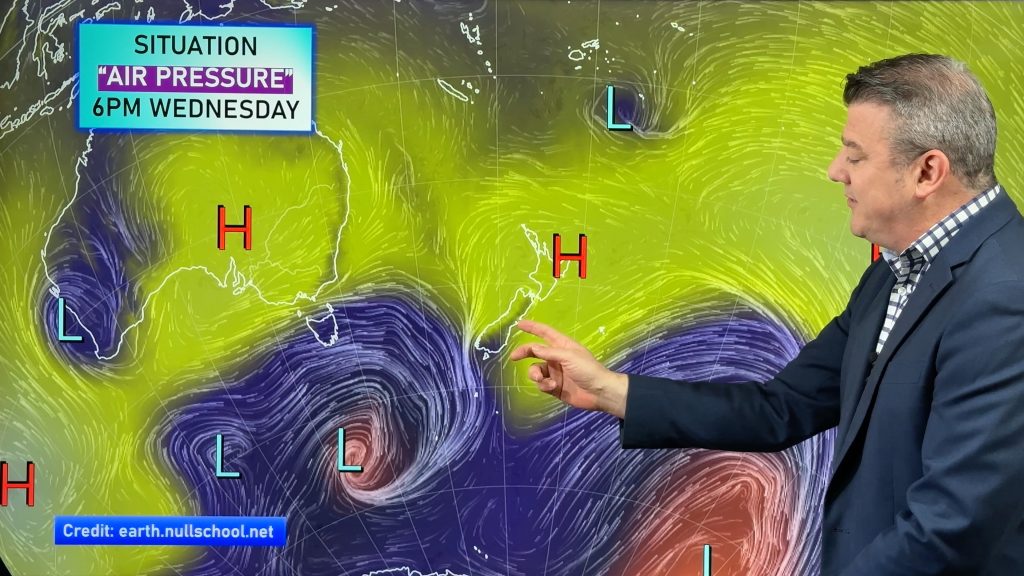
> From the WeatherWatch archives
By Philip Duncan, Head Weather Analyst
Hundreds of people have been killed in the tsunami that hit Indonesia on Monday following a powerful 7.7 quake. Hundreds still remain missing.
Since the huge 2004 Boxing Day tsunami which killed nearly quarter of a million people it seems the word “tsunami” is in the news media more and more. But has there been an increase in tsunamis? Or are we just getting better detection and reporting of them?
I spoke to Rob Bell, Principal Scientist at NIWA whose part of the NZ Tsunami Experts Panel – which is activated whenever New Zealand is under threat of tsunami. One of the key things we discussed was the increased number of tsunami being detected.
“These days we can detect tsunami that measure just 2 or 3cms…in the 60s, 70s and 80s you would never have heard of that”.
Rob Bell raises a good point. Because the Boxing Day tsunami was the deadliest tsunami on record and because it happened just 6 years ago, it is still top of mind. A similar analogy would be terrorism in the western world. It existed last century but since 9/11 we all have a new understanding of it and the media touch on it a lot more..
So is it all media hype? My personal feeling is that no, it’s something that many of us are now genuinely interested in. Before 2004 I would guess that many of us thought of a tsunami as being about as likely as an asteroid strike. Now that it’s happened – and in such a spectacular fashion – we’re all aware of what an incredibly powerful force it can be.
It brought home just how exposed we are here in New Zealand.
Rob Bell said since the 1960 Chile tsunami New Zealand hasn’t really been affected by any news worthy tsunamis. The Boxing Day tsunami, from memory, only brought a wave a few cms here.
Earlier this year, however, Chile again had another huge quake which sent a tsunami our way. Waves of half a metre reached New Zealand and while they weren’t damaging they were dangerous – images of swirling brown waters, boats bobbing about, and tides rushing out and back in again.
Like these exclusive photos sent in to WeatherWatch.co.nz.
It’s the images that stick with us.
Now with the addition of digital cameras, mobile phones with cameras, Twitter, Facebook, the internet, YouTube and 24 hour news we don’t miss a beat. We hear about it and we see it almost instantly.
20 years ago if you were at the beach and saw a tsunami you would be lucky if you had a camera on you – let alone a video camera. Even if you did capture it, it would take a while for photos to be developed or video dubbed off. Nowadays we simply SEE more and can instantly share it.
And that’s what the news coverage boils down to – more pictures – and pictures paint a thousand words.
With no pictures of the Indonesian Tsunami this week it has failed to really draw at out heartstrings or make the headlines. We need to SEE the damage…the tragedy…to truly get an understanding.
Comments
Before you add a new comment, take note this story was published on 28 Oct 2010.





Add new comment
Dale Small on 28/10/2010 10:13pm
The issue is Phil, where the latest tsunami struck, it took out pretty much local population, people who dont have access to digital technology, internet and the like, only people that would have were the surfers who had to jump when the wave struck anyway. PNG a few years before the boxing day Tsunami, 10’s of thousands of people were lost near Rabaul during a similar event which also coincided with a volcano going up. That wasnt flashed in the media either as mentioned above, it took out mostly locals who dont have access to the perks we take for granted in the western world.
But you were right about the boxing day one.. the fact it was on such a massive scale & hit places where westerners congregate.. puts it in a different league.
Reply
Paul on 28/10/2010 7:02pm
Hi,
as a general observation, the same comments about increased tsunami could be applied
to the belief that the weather around the world is getting worse when in fact people are able to report the events instantaneously. Lets get creative and tax them. Some one could find a link to palm kernel.
Reply